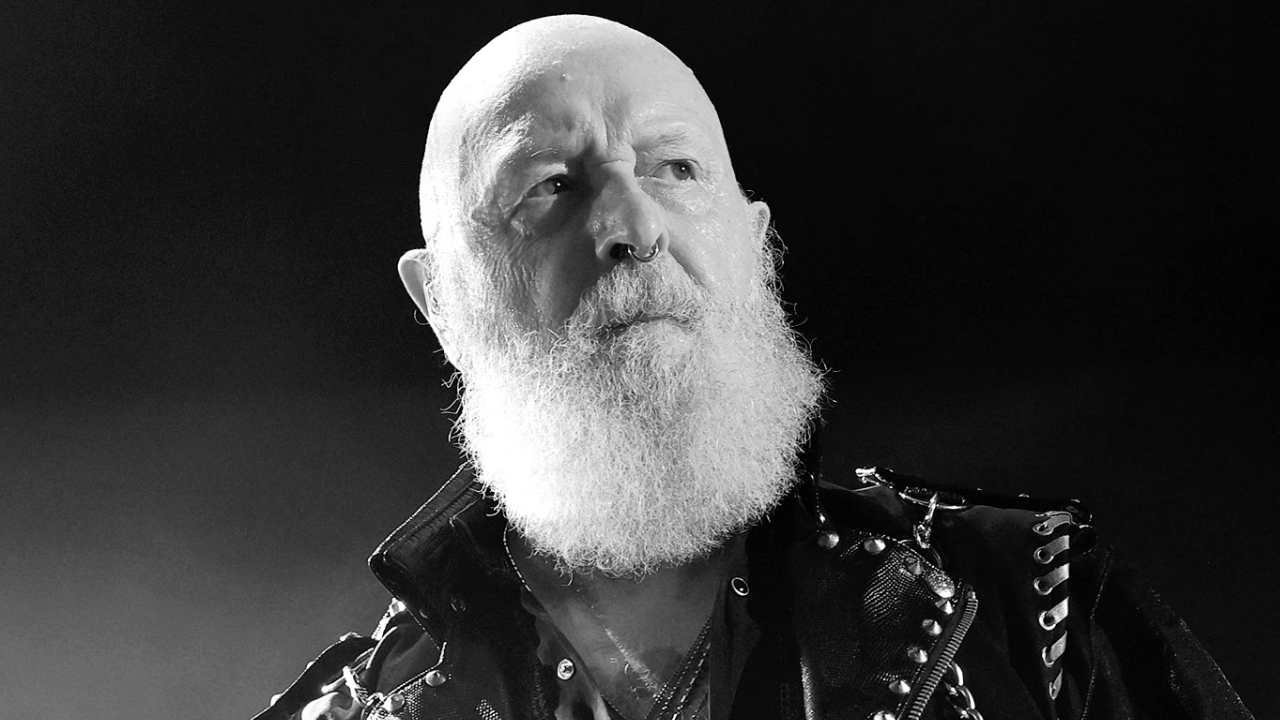“There was conflict”: the inside story of Metallica’s Some Kind Of Monster documentary
The tears, the tantrums, the walkouts – the story of Some Kind Of Monster, by the people who made it
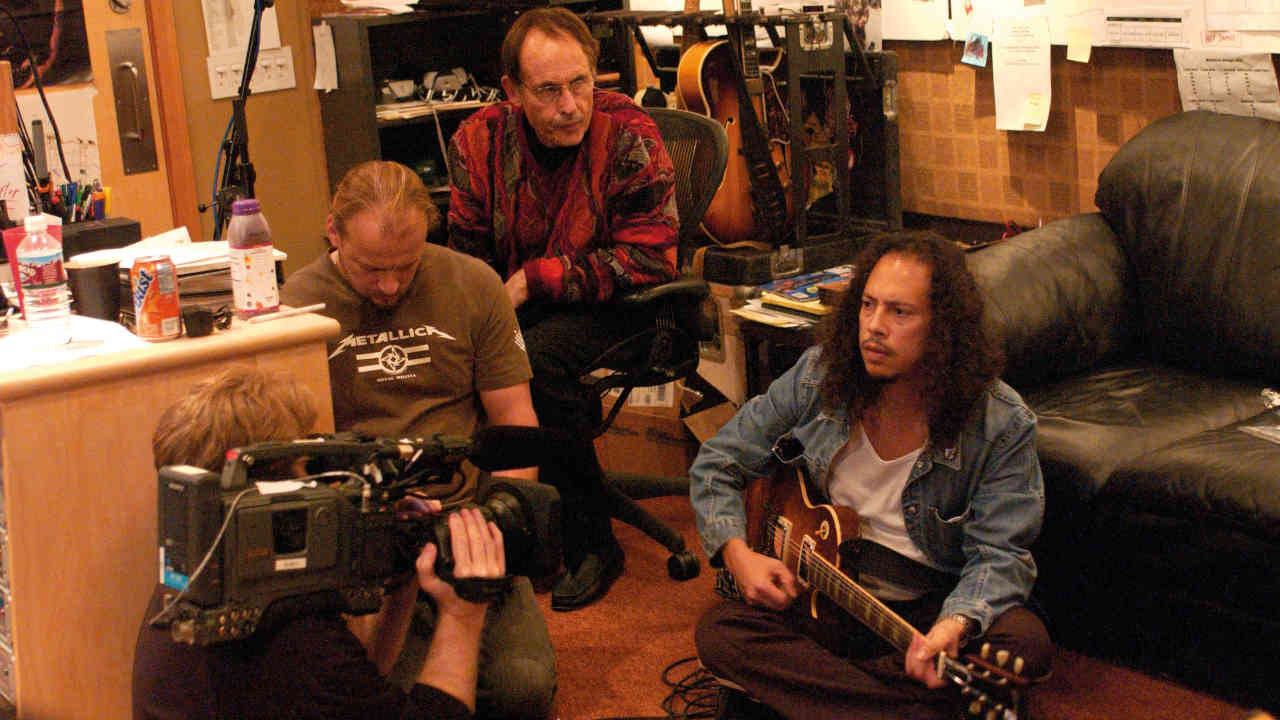
“FUUUUCK!”
Lars Ulrich screams into James Hetfield’s face, but the frontman doesn’t flinch. It’s an extraordinary moment in the documentary Metallica: Some Kind Of Monster, as the tension that’s been ratcheting up between the pair for decades comes to a shocking climax.
For co-director Joe Berlinger, it was also a scene of great cinematic merit. “From a filmmaking point of view, when your intention is to capture raw human emotion, it was pure gold,” he says.
Some Kind Of Monster was an intimate portrait of a band working through an interpersonal crisis that had been bubbling under the surface long before the cameras started rolling. By early 2001, Metallica’s management company, Q Prime, were aware of fracturing relationships in the band, and had drafted in psychotherapist and ‘performance enhancement coach’ Phil Towle, to help ease relations as they prepared to make their eighth record. His first meeting with Metallica took place at the Ritz-Carlton hotel in San Francisco, but the smooth introduction he had intended on making did not go as planned.
“Jason [Newsted, bassist] came in and said: ‘I’m leaving’,” remembers Phil. “He asked me to go to the room adjacent, where I listened to him railing against the bandmates for 10 minutes. And that was chaos. I decided at some point to knock on the door and say, ‘May I come back in? This is exactly why I’m here.’ And Lars said, ‘Let him stay.’ And we started the process, which was an awkward, challenging moment.”
In a statement, Jason cited “private and personal reasons” for his departure, and “the physical damage I have done to myself over the years while playing the music that I love”. A series of interviews for Playboy, conducted two months earlier but published in March 2001, also revealed that James had forbidden Jason from releasing music with his side-project, Echobrain. “The band were stunned, and a fight ensued, and there was a lot of conflict in that first session,” Phil recalls.
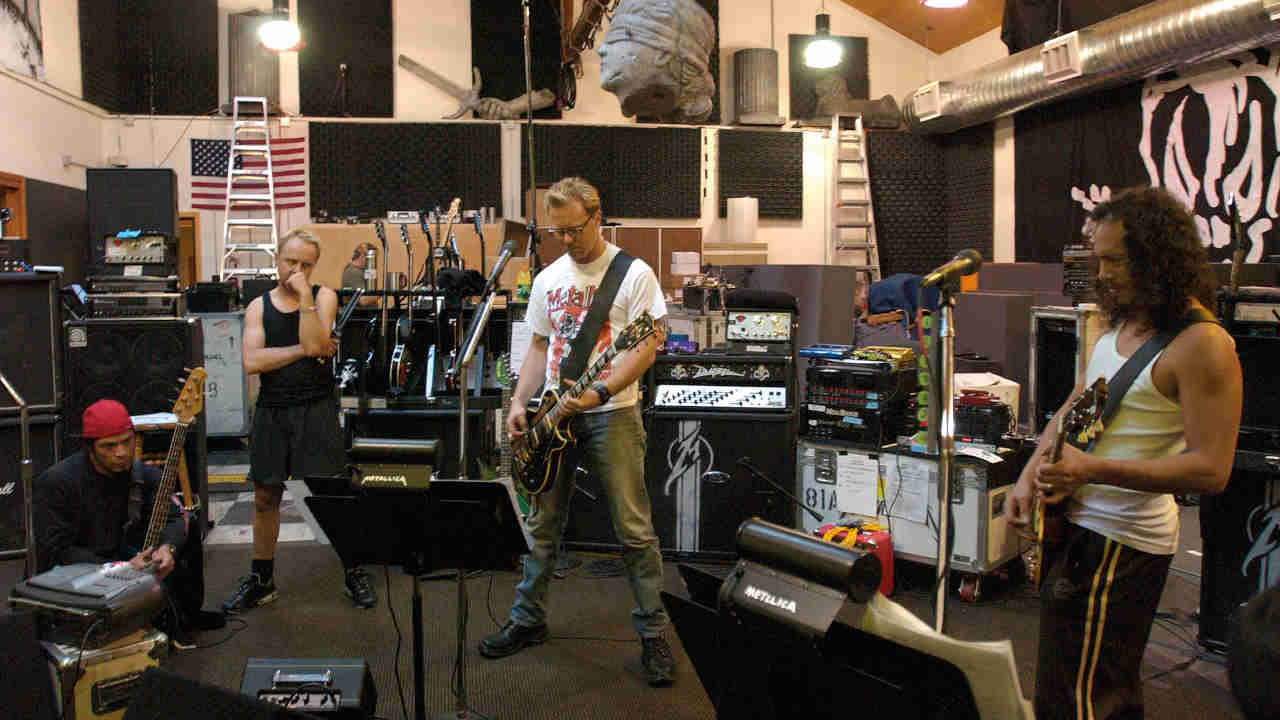
The group therapy continued regardless, and during this period documentary filmmaker Joe Berlinger flew over from New York. He had been in talks with Metallica about doing a film that could be released as pay-per-view content, or as a bonus featurette on the CD for their next record, but now Lars told him there might not even be a new record because Jason had quit the band. When Lars also explained they were working with a performance enhancement coach, Joe’s artistic interest was piqued; would they allow him to film the sessions? Incredibly, the band said yes.
Sign up below to get the latest from Metal Hammer, plus exclusive special offers, direct to your inbox!
“I remember sitting in this nice lounge room of a hotel suite, with these icons of metal, of male testosterone, opening up to each other and exploring how they feel,” Joe says. “There was a little bit of reluctance from James, but as I got to know him better, I’d say it’s amazing that he opened up on that first day with the camera in front of him.”
The session also had a therapeutic effect on Joe; he realised he wanted to continue documenting the process, and after splitting with his longtime filmmaking partner, Bruce Sinofsky, he felt compelled to reach out and bring him into the project. Filming stepped up as Metallica moved into the empty barracks at the Presidio, a former military base in San Francisco, with emotions still running high. After one particularly intense disagreement, James slammed the door behind him and did not come back.
Instead, the frontman checked into rehab. Phil knew that he would be doing intensive therapy there, and was determined that the sessions between himself and Kirk, Lars and returning producer Bob Rock should continue so the band could connect more easily when he returned.
Lars dived deep into his own past. In a segment that held a mirror up to the drummer’s perfectionism, he played demos to his father. In an astonishingly open scene, he also met with Dave Mustaine, who told him how hurtful it was to be fired from Metallica and that he missed “his little Danish friend”. He also, however, alluded to the fact that the absent James was yet to reach out.
“It was a very touching moment for them, and it was the beginning of some healing, and also they left the meeting with some unfinished business too. It wasn’t all nicey-nice, right?” says Phil. “But I think Lars realised that there were things he wishes he could have done differently with Dave.”
Following Some Kind Of Monster’s release in 2004, Dave condemned the scene and said he had asked for it not to be included, citing unhappiness with the final cut and describing the unsettled mood he was in during filming, two days after the terrorist attacks of 9/11. However, he had already signed a release form, granting the filmmakers legal permission.
“I think two years later when he saw the scene and 9/11 was now a thing of the past, and people weren’t spiritually awake the way we were that first week, he regretted perhaps participating,” says Joe. “But I think that’s a shame. I think he is very strong and human.”
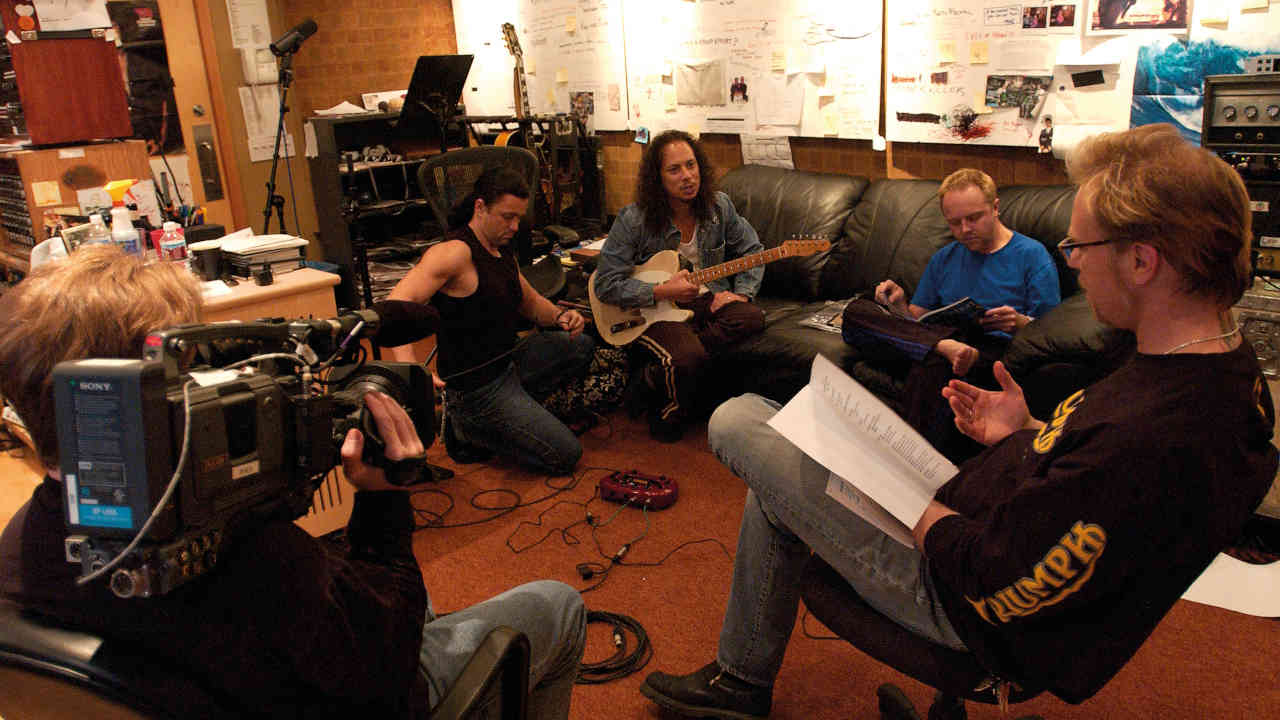
James returned from rehab with new ground rules: he would only work on their album between noon and 4pm. Resentment flared between him and Lars; was Lars allowed to listen to songs after James left for the day, if he didn’t change anything? Why couldn’t Lars just do what he wanted anyway? That frustration exploded via the sweary drummer’s most notorious utterance of one simple word: “FUUUUUUCK!”
“These guys are waiting for James. Waiting, waiting, waiting – not only waiting, but wondering whether James was ever going to come back. They were scared it was over,” explains Phil. “And when James comes marching back and says, ‘I can’t work between certain hours and certain hours’, Lars was really pissed off. Like, ‘What the fuck? We’ve been waiting for you, and you’ve controlled us for 10 months.’ And he probably felt that James had controlled them for more than 10 months, right? So this was the collision of years of frustration.”
Because of the outburst, because Lars already had a reputation for running his mouth off, and because of the recent media attention surrounding his battle with file-sharing service Napster, some fans began to turn on him.
“Lars was not being an asshole, he was just somebody who was expressing the pent-up anger he had felt,” says Phil. “And James was saying, ‘Look guys, I have to work with my family, maintain my sobriety and maintain my composure.’ So that collision was scary, but it was necessary.”
To Joe’s mind, the overarching issue was that Metallica were trying to reconcile how to make music without indulging in the practices that had earned them the ‘Alcoholica’ tag in their younger years. “I think living that ethos of sex, drugs and rock’n’roll in their 40s wasn’t working for them,” he says. “A lot has been said about the tension between James and Lars, but I think the larger issue is that the band was wanting to continue to make music, but they didn’t want to live that life that made them famous.”
Following the bust-up, work on what would later be titled St. Anger gathered speed, alongside their journey of self-reflection. Encouraged by their work with Phil, the band had started contributing lyrics collectively, but there’s one moment when the coach himself offers a suggestion, which is highlighted in the film. “That to me was a crossing of the line,” says Joe.
Not long after, James rounded on Phil and accused him of becoming too attached to a future with Metallica, suggesting it was time to terminate their involvement with each other. Caught off guard, Phil is visibly teary-eyed and shaken.
There was some background to this encounter, says Phil. A year or so earlier, he and Metallica had agreed to part ways – but then Lars had called and asked him to stay. He’d been under the impression that the partnership would continue, and admits it was difficult to hear he was no longer needed.
“The unhealthy part of me is guilty of wanting to hold on to something, because this was like a family to me,” says Phil. “It was like something I had never experienced before, personally and professionally. No person in my work gets to be with a group of people, almost every day, for 12 hours a day. The embedment makes it difficult for an ending like that. Then it was done on camera, in contradiction to what I thought was agreed upon. So that was a moment when I fumbled the ball.”
After fans saw Some Kind Of Monster, some cast Phil as the villain of the piece – criticism that was difficult to stomach, especially as he had no right of reply. But last year Lars publicly stated that Phil saved Metallica – and Joe agrees.
“I think the misperception is that he had his hooks in the band for fees and he was just looking to milk the situation,” says Joe. “I don’t think that’s the case at all. I think he’s a caring human being who wears his heart on his sleeve, and did great work in the band, and it got to the point where his job was done, and he had a hard time saying goodbye. But in having a hard time saying goodbye, he unwittingly gave Metallica the tools they needed once again to come together as a brotherhood.”
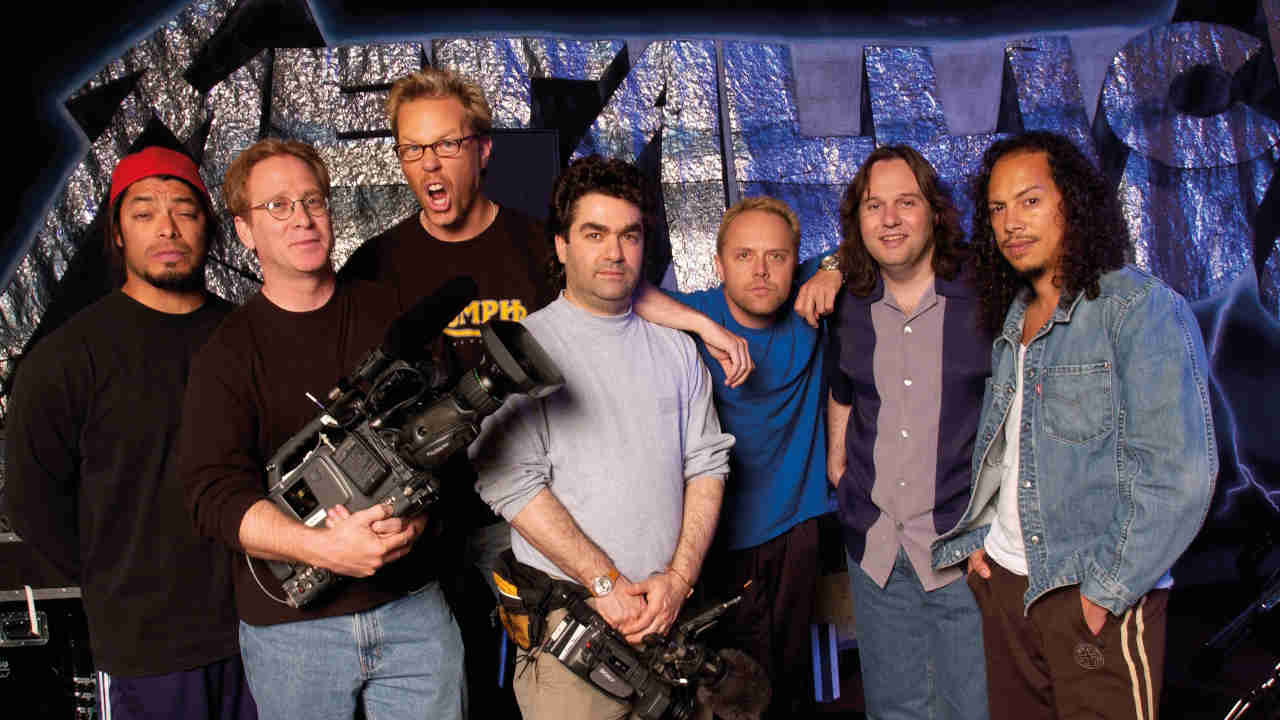
St. Anger was released on June 5, 2003. Reactions were mixed, with widespread criticism over the album’s production, in particular Lars’s snare sound. But when Some Kind Of Monster followed six months later, fans were shown how lucky they were to still have Metallica at all.
“Prior to making it, I would have told you that the role of the documentarian [during filming] is to observe, but not affect or change the outcome,” says Joe. “But what’s interesting about the Metallica film is that Lars said the cameras were like a truth serum. He felt that the therapy would not have worked if there weren’t cameras there to record it. And so while I don’t want to take credit for the salvation of Metallica, I do think Some Kind Of Monster really helped them work through their issues.”
The film was a true first, taking viewers into the private lives of one of the world’s biggest bands, as well as showing metal musicians – with their reputation for bravado – being vulnerable with the aid of a therapist. There might be sensational scenes and occasional bursts of levity, but Joe says fans have told him it helped them to address alcohol problems, and bands have thanked him for allowing them permission to be human. By making Some Kind Of Monster, he and Bruce, who sadly passed away in 2015, captured an incendiary time in Metallica’s history and reimagined what a music documentary could be and do.
“When some people dismiss this film as Spinal Tap, I find that deeply offensive, because I think these guys were brave and honest and dealt with real issues that all creative people go through,” says Joe. “If you think it’s a real-life Spinal Tap, you’ve totally missed the point of the film.”

Eleanor was promoted to the role of Editor at Metal Hammer magazine after over seven years with the company, having previously served as Deputy Editor and Features Editor. Prior to joining Metal Hammer, El spent three years as Production Editor at Kerrang! and four years as Production Editor and Deputy Editor at Bizarre. She has also written for the likes of Classic Rock, Prog, Rock Sound and Visit London amongst others, and was a regular presenter on the Metal Hammer Podcast.
